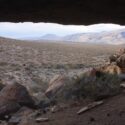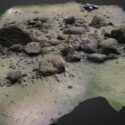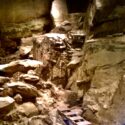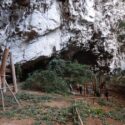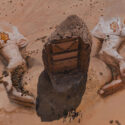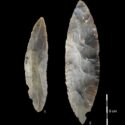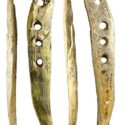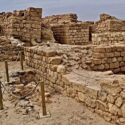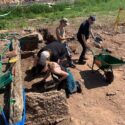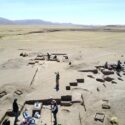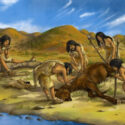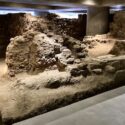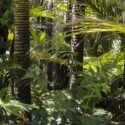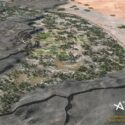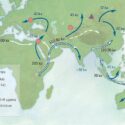DNA, isotope, protein analysis reveal genetic ancestry and migration of a human found in a peat bog.
Return to Meadowcroft
Over 50 years after excavation began at Meadowcroft rockshelter, it still ranks among the most remarkable sites of early human habitation in the Americas: an interview with archaeologist James...
Thailand’s Iron Age Log Coffin culture
Ancient DNA helps researchers elucidate the structure of a prehistoric community from Southeast Asia.
Study Suggests Independent Invention of Writing on Rapa Nui (Easter Island)
Radiocarbon dating of wood tablets containing ancient glyphic inscriptions points to use of writing before European contact.
Neanderthals and humans lived side by side in Northern Europe 45,000 years ago
Mysterious technocomplex ascribed to Homo sapiens, representing most northerly settlement at that time.
Fortress on the Edge of Kingdoms
The site of Ein Hatzeva stands out as a monumental reminder of where an ancient Judaean kingdom staked a strategic foothold.
Archaeologists unearth record of ancient Assyria’s demise
Republished: A cuneiform tablet discovered in southeastern Turkey documents a glimpse into the final days of the Assyrian Empire.
The City Under The Museum: A Pictorial
An excavated plot preserved beneath the Acropolis Museum in Athens has revealed remarkable ancient remains of a large urban community.
Climate and early human dispersal
A study finds a link between the strengthening of the Asian summer monsoon and early human migration out of Africa to East Asia during the last interglacial period.


